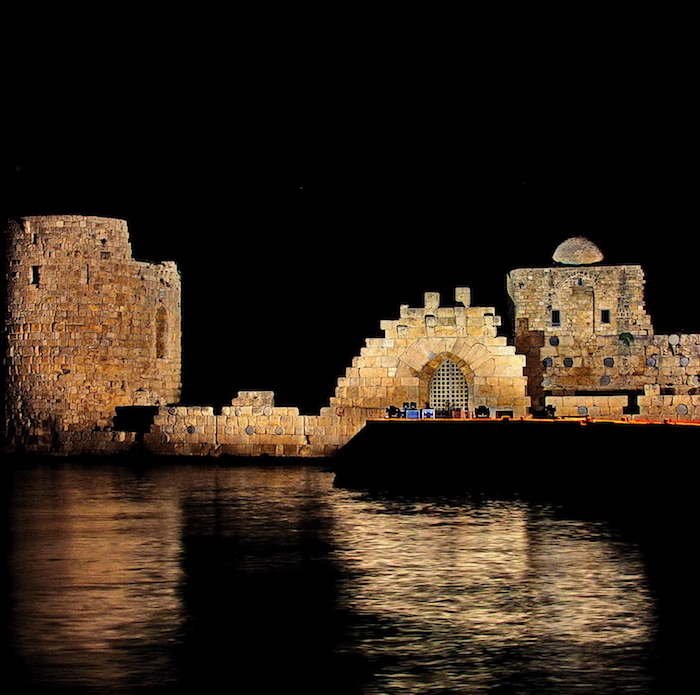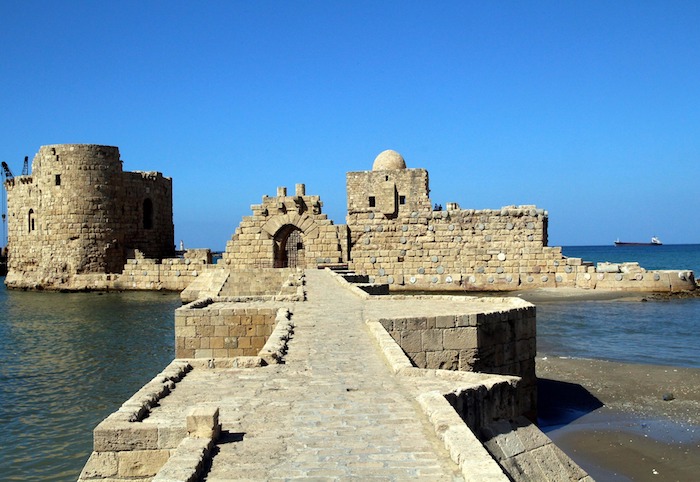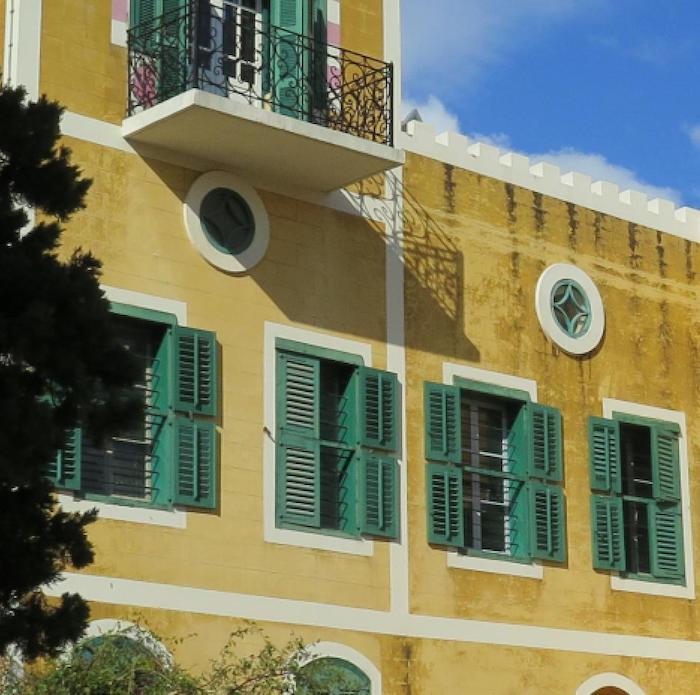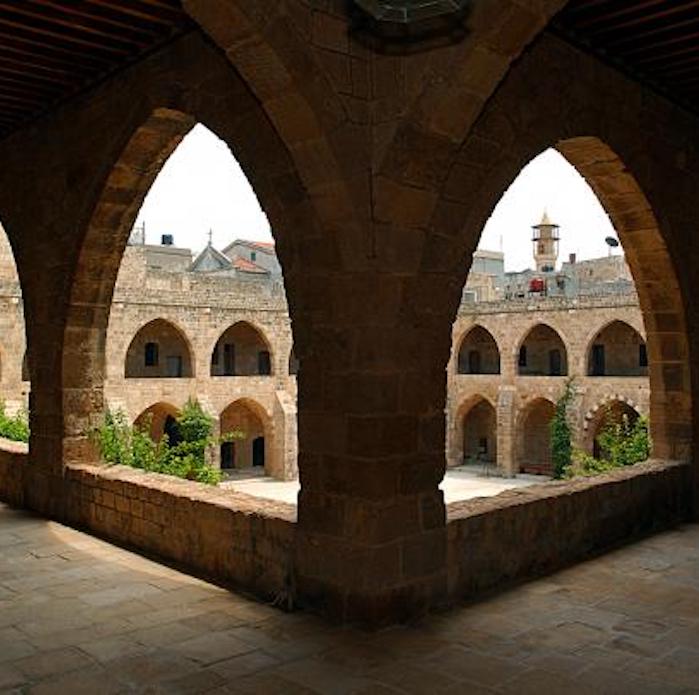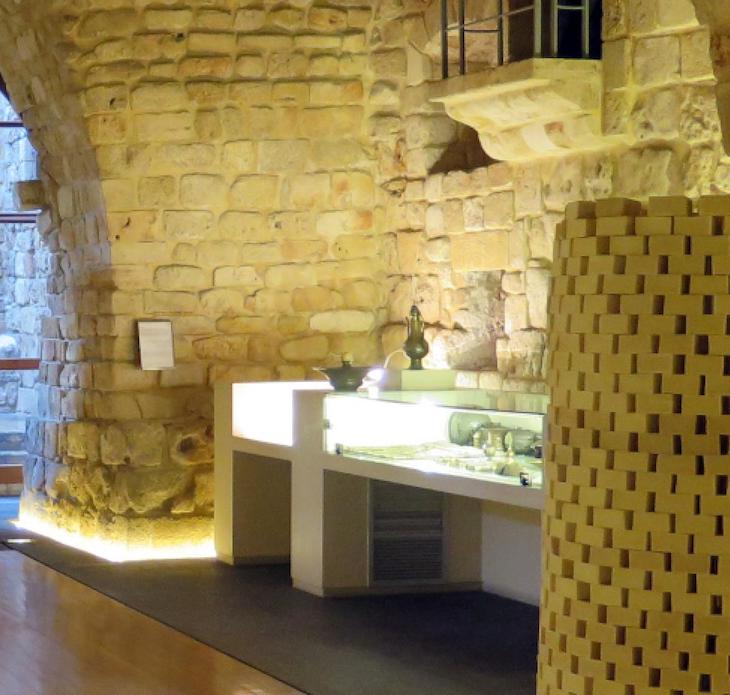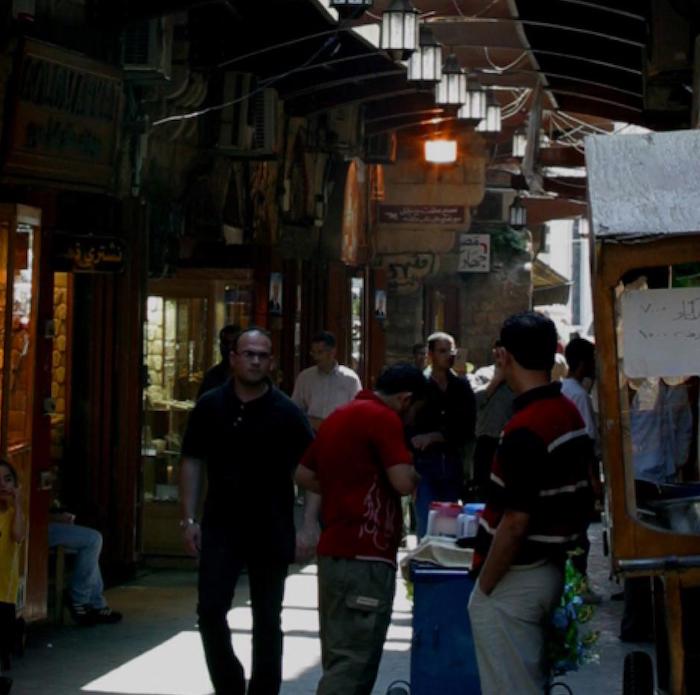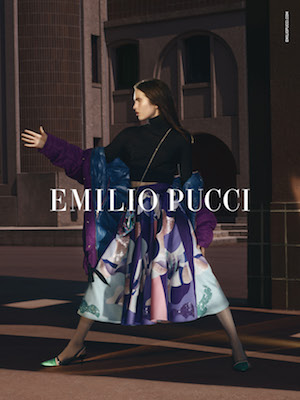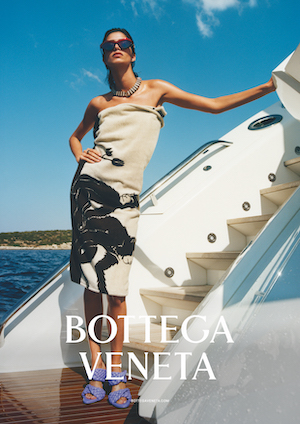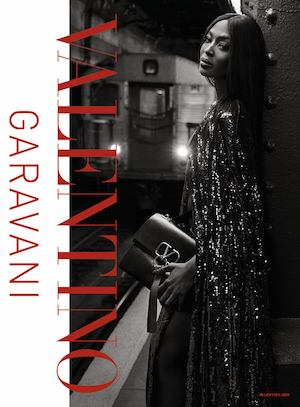Escape
Old Saida
History of a City
April 20, 2018
Saida has attracted visitors since its early settlements. Its charm and intriguing combination of history, hospitality and unique atmosphere makes it a memorable city – one not to be missed. Old Saida is more than a museum city featuring a rich collection of archaeological highlights; it is a place of proud cultural heritage worthy of promotion and protection. Let us take a glimpse at this remarkable city which offers its visitors so much to see and do.
Saida has always been a city of great significance. The town’s relation with the Mediterranean Sea originates back to its early beginnings. The city’s name comes from the Arabic word for fishing (Al-Sayd) with many families still earning their living from the sea. Its strategic geographic location on the east of the Mediterranean Sea contributed towards its development and trade relations with the ancient world, but also made it an appealing target for a diverse string of occupiers. This historical legacy can still be seen until this day in Saida’s architecture and urban development.
As you walk through the city of Saida, you immediately notice that it portrays a long- standing cultural heritage comprising of Old Saida with its ancient streets and crafts, pre- serving its heritage. Although Saida today is a modern and vibrant city, a trip to Old Saida is a discovery of the world beyond the ancient walls. Whichever way you turn, east or west, you will see fortified walls guarded by the sea and controlled by the Sea Citadel. The Historical Gates of Old Saida are Beirut Gate, Al-Shakriyeh Gate and Acre Gate. The Sea Citadel and the Land Citadel respectively defended them.
Experiencing an authentic Arab city
When you first catch eye of the urban planning of the Old Medina (Old City), it might seem somewhat uninviting or enclosed to those unfamiliar with a traditional Arab city. However, upon closer inspection, you will soon realize that this is an old fortress city that was built to protect its residents by preventing others from entering and was designed with oriental religion and family structure in mind. The whole network of gates, streets, souks and courtyards takes you back in time and allows you to relive the past with every step you take.
Archaeological sites
While visiting Saida one cannot miss out the various archaeological sites such as:
Sea Citadel (Al-Qalaa Al-Bahriya)
It is situated 80 meters away from the coast on a small rocky island, the Sea Citadel stands like an iconic symbol of protection of Saida.
Land Citadel (Al-Qalaa Al-Barriya)
It overlooks the Old Medina from the south and communicates with the Sea Citadel.
Al Zire Island
Al Zire Island, known as the “Island of Saida”, served as an external port in the past and stunningly cuts into the horizon to the north. It can be reached by boat.
Murex Hill (Tallat Al-Murex)
The Murex archaeological hill is located a few meters south of the Land Citadel.
Fakhreddine II Palace (Qasr Al-Mir Fakhreddine)
The renowned palace was built in the 17th century on a small hill overlooking the sea.
Khans
Khans
Khan Al-Franj (French Caravanserai)
One should not miss the Khan Al-Franj. It is considered one of the most important monuments built by the Emir Fakhreddine II in Saida in the 17th century. The French Caravanserai is still the center of great activity. It has a rectangular inner court, a central pond, as well as valued galleries and hotel rooms that were the center of trading activity in Saida up until the 19th century.
Khan Al-Riz
Khan Al-Riz was built by Emir Fakhreddine II in the 17th century. The Rice Caravanserai is smaller than the French Caravanserai, but had the same trading and warehousing functions. Apparently, one of the most important products traded at that time was rice, which gave the place its distinctive name.
Hammams
Al-Sheikh Turkish Bath
No trip to Saida is complete without seeing the Hammams. There were more than five Turkish baths in Old Saida. They were renowned for being the cleanest baths on the eastern side of the Mediterranean Sea. Nowadays, Hammam Al-Sheikh is the only fully operational Turkish bath in Saida. It was built in the 16th century.
Al-Ward Turkish Bath
This unique Turkish Hammam was built in 1730 in Maan style, holding a unique combination between Turkish and Italian architectural styles. The Seven Venuses Turkish Baths are also known as Hammam Al-Souk; legend has it that seven Venuses or nymphs used to live in the Hammam, having night-time baths and wan- dering around.
Museums & Palaces
Saida also offers many renowned museums and palaces.
Debbane Palace Museum
The Debbane Palace was built in 1721 and was acquired by the Debbane family in 1800 who turned it into their main residence. The Palace was listed as a historic monument in 1968. The Debbane Palace is a prime example of the mul- tifaceted aspects of Arab-Ottoman architecture. The museum is open from 9am till 6pm, except on Fridays.
Aisha School (Madrassat Aisha – Dar Ali Hammoud)
The building stands out as one of the most beautiful historical places in Old Saida. It was built at the end of the 17th century reaching completion in 1730.
The Soap Museum
The renowned Soap Museum showcases the different steps involved in soap fabrication from Aleppo to Nablus, its diverse forms and proper- ties and a brief summary on its regions of ori- gin. The museum also presents an overview on public baths and includes a fascinating clay pipes collection originating from the Ottoman Empire. The museum opens its doors from 9am till 5pm, except on Fridays; entrance is free of charge.
Riad Al-Solh Palace
The Riad Al-Solh Palace is located in Old Saida near the Land Citadel, 125m from the sea- coast. This intriguing historic palace features traditional Lebanese architecture. It is com- posed of two floors with a quaint red roof and was constructed in the latter part of the 19th century as a family residence.
Souks
To remember your trip to Saida, pick-up some of the many exceptional souvenirs, or maybe even some traditional Sanyoura sweets. The souks are an animated locale in the northern part of Old Saida where many artisans still practice old crafts. Among the old trades, you can still find carpenters, sharpeners, furriers, tin-ware cleaners, millers, sweet-makers, ice-cream makers, soap-makers, fishermen, bakers, tailors, shoemakers and traditional liquorices.
If you’ve only got some loose change in your pockets, head to Souk Al-Bazerkan or Bazaar. It is an intriguing place where you can find everything from cloth to kitchenware, shoes and home-ware at extremely low prices. The Souk Al-Khoudariye, or Vegetable Traders Souk, has a fresh choice of seasonal fruits and vegetables, displayed colorfully along both sides of the narrow streets.
The Souk Al-Sagha, or the Jewelers’ Souk, dates back to the 19th century. It is Saida’s major jewelry market with some parts featuring charming pebble-paved roads.
The Souk Al-Najjarine, or the Carpenter’s souk, is bustling with furniture-makers and stuffers. You can find unique craft and artisanal products at the souvenir shops or at crafts- men shops.
Where to eat
The Corniche surrounding Old Saida from the North and the West side is the buzzing hot spot for a wide selection of shops and restaurants, which offer all kinds of delicious food and local cuisine. On a small budget, you can savor a falafel sandwich, a plate of foul (fava beans) or some Mezze dishes. Alternatively, you can unwind in a café and sip on a cup of coffee, tea or even fresh lemonade. On a bigger budget, you can have a mouth-watering lunch at the Hotel Al-Qalaa or at the Resthouse facing the Sea Citadel.
During Ramadan holy month, the Corniche transforms into a pedestrian walk-way where you can enjoy the night breeze and chat over Iftar and then take a stroll to better experience the beauty of Saida and enjoy its joyous ambiance.
Ripe with its hidden history, Saida has been an archaeological hot spot since the 19th century. Don’t miss your chance to eat at the local restaurants, buy from the quaint shops, unwind at the local hotels and enjoy the beauty of a legend.

